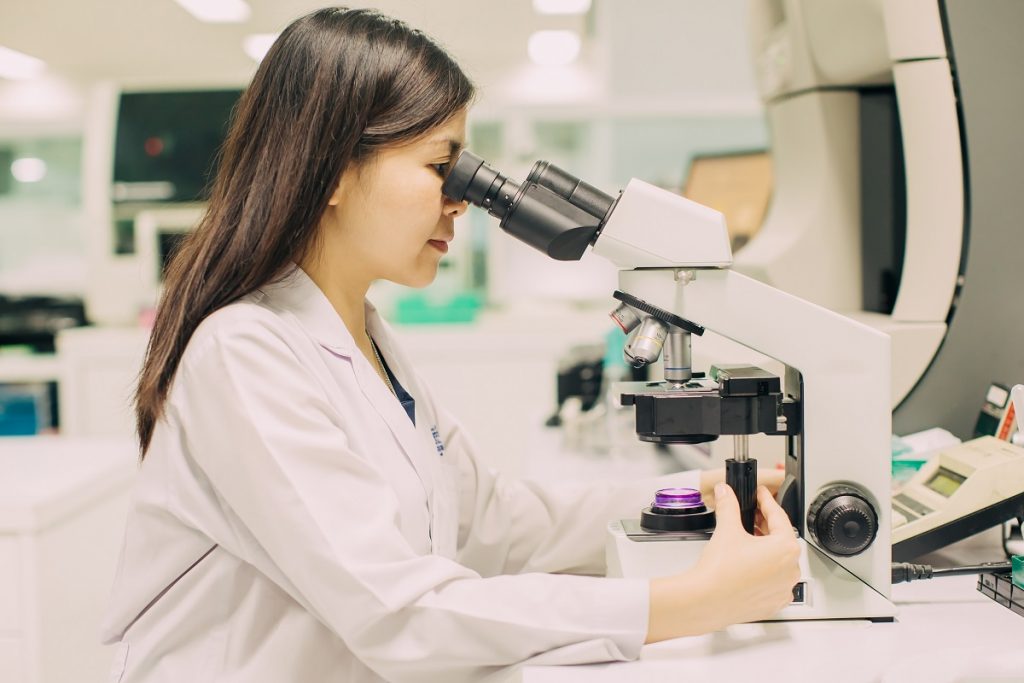A lot of labs take pride in providing top-notch standards in testing and sampling. To live up to these esteemed standards, they procure high-end lab equipment and make sure their devices and apparatuses perform optimally.
To improve overall operational efficiency, most labs follow a stringent set of guidelines for monitoring, cleaning, repairing, and replacing their lab equipment. More than anything, this helps expedite the process of replacing broken equipment. For example, if the water bath is malfunctioning, the person in charge of lab equipment procurement will immediately call their laboratory water bath supplier to order a replacement.
How to maintain your lab equipment
Lab equipment maintenance is a four-fold process. That involves managing your inventory, cleaning your equipment, repairing broken lab equipment, and replacing them as needed.
Inventory management
A well-maintained lab is a well-documented lab. To that end, it’s essential to have records of all your lab equipment, devices, and paraphernalia. That helps you keep track of the condition of each equipment, how much they cost, where they were bought, and who among your staff is accountable for them.
Equipment cleaning
Lab owners are fully aware that at one point, they might have to repair or replace their expensive devices and apparatuses, especially if they are continually being used. However, they also know that keeping their lab equipment clean, sanitized, and orderly at all times can help delay the inevitable.
General guidelines for cleaning lab equipment are as follows:
- The rule of thumb in most labs is to clean each equipment before and after each use.
- Clean your equipment at regular intervals. It keeps devices immaculately clean while making sure that using them, later on, will not contaminate samples.
- When in doubt, always refer to the lab equipment’s manual. Some devices have specific instructions for cleaning and maintenance, which, if not followed, could seriously affect the accuracy of test results.
- As a safety precaution, unplug electronic devices before cleaning it.
- Stay away from bleach when cleaning equipment made from stainless steel. For one, bleach likely corrodes stainless steel. A study published by the R & D World Online in 2014 supports this claim. Furthermore, the residue from bleach may also end up contaminating your samples.
- Be extra careful when using abrasive cleaning agents. You must use them sparingly. Abrasive cleaners could be dry or wet. Meanwhile, tools used for abrasive cleaning may include stones, sponges, and scrubbers. Abrasive cleaning involves scraping and using agitation to clean surfaces. Aside from possibly damaging expensive equipment, small particles from abrasive cleaning materials also tend to sneak into the nooks and crannies of your equipment.
- Beakers and glass containers should be washed with soap and water after it has been used for an experiment. They should be wiped with a clean cloth after it has been washed, leave it as it dries, and appropriately stored.

General guidelines for keeping your lab clean are as follows:
- To keep contamination to a minimum, sanitize and decontaminate your entire lab.
- Keep laboratory countertops clean and spot-free.
- Conduct Science recommends regularly cleaning the laboratory sinks and making sure they are not clogged.
Equipment repairs
While it is true that lab equipment is highly susceptible to wear and tear, you should not automatically throw out equipment that has stopped working. Before ultimately deciding to dispose of it, check out the manual first and see if there is still some way to salvage it. You’ll also want to keep an eye on warranty coverage.
Some equipment may still work, provided that you change some of the spare parts. Repairs don’t come cheap, but it’s still relatively less costly than purchasing a new one.
Replacing your equipment
Maintaining the standards of your lab demands the use of high-quality lab equipment. If you want to save on cash, choosing a piece of more affordable equipment is a natural choice. Be careful, though, because choosing cheaper options is not always the best way to go.
Investing in high-end equipment often requires a hefty amount of cash upfront. But in the longer run, these investments usually prove to be worth every cent.
Lab maintenance is a must
There is more to the care and maintenance of your lab equipment than meets the eye. But despite the complexities and the nitty-gritty details that you have to keep in check, religiously following these guidelines will do your lab a lot of good. For one, keeping your lab well-maintained keeps your data accurate, reliable, and consistent. Similarly, keeping your lab orderly increases the productivity of your staff. Finally, maintaining your lab also helps you cut costs as it delays the need for repairs and replacements.

